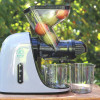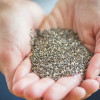Introduction
For a long time, I did not dare to talk about the intestinal cleansing. It is a disturbing subject, which evokes discomfort, odors, some protocols are unclear in terms of usage, we don't really know if it's prohibited or just controversial. Yet, it is also one of the most powerful health levers I have experienced. I understood thatone cannot talk about vitality, mental clarity, or immunity without talking about what stagnates in our intestinesAnd can cause abdominal pain. And I'm not just talking about what we eat... but also about what we hold onto, what we don't dare to let go of.
This article is not an encouragement for the performance of the "clean human body," through the clean intestine. It is more an invitation to listen, to be present, and to set a sacred organ back in motion: the intestine. Through these eight natural methods, I will take you on an overview enriched with tradition, science, and personal experience, not to find the good solution but your Good solution, the one that suits you. Some are gentle, others more radical. The idea is not to do everything, but to feel what suits you here and now, at the right moment for you. And also to understand what you are cleansing, because the intestines remain a generic term encompassing a whole complex ecosystem on their own. I wish you a wonderful discovery of how to go from irritable bowel to pleasant bowel !
1. Colon cleansing: the simple and local tool
This is the first approach I tested. Intestinal enema (or colonic enema) is a simple method, localized to the rectum, that allows for the rapid evacuation of stagnant stools, particularly in cases of chronic constipation. Used for millennia (traces of it can be found in Egyptian medicine, Ayurvedic practices, and the Christian tradition of the Essenes), it acts like a small mechanical reset for the lower intestine.
In practice, it involves introducing a rectal enema nozzle into the anus with warm water, sometimes mixed with chamomile, green coffee, or barley grass juice. This can be done in two ways: using an enema bulb for small volumes of water or withan enema bucket for larger quantities. The water is then retained for a few minutes before being eliminated with the stools. Feeling of heaviness in the closet, immediate regular transit guaranteed !
Bock, sterile cannula, and enema bulb can be easily found locally at the pharmacy.
A study published in Gastroenterology Nursing (2009) shows that This method, although local, can improve digestive comfort, reduce the Bloating and support peristalsis and intestinal transit at the level of the intestinal mucosa in constipated individuals. Between 1945 and 1960, with the widespread use of glucose infusions, enemas were removed from standard hospital protocols; they remain only as a backup solution for hydration/medication.
My advice: it is a gentle method to be favored in cases of occasional constipation, bloating, headaches, or emotions that are "stuck." It does not replace a deep cleanse, but it can be an excellent starting point for taking care of one's intestinal mucosa, especially in independent practice at home.
My personal protocol: I proceed in two steps: first, a warm water enema infused with chamomile, which I evacuate to rid the colon of its residues; then, I immediately introduce a small amount of barley or wheatgrass juice (or any other solution rich in phytonutrients) that I retain for a few minutes. Inspired by the protocol ofAnn Wigmore, this second "hydrating and nourishing" phase prevents the fatigue that one might feel after a complete drain.
2. Colon hydrotherapy: a deep internal bath
Colon irrigation is a whole different scale. Performed by a healthcare professional, it allows for the cleansing of the entire large intestine. using warm filtered water, injected in cycles via a cannula. I experienced my first session with apprehension, and I came out of it... feeling emptied in the noble sense, not just of stools, but also of an emotional overflow. For a few days, I felt light, with a desire to stay in a cozy nest. To make the process as gentle as possible, it will be necessary to thinking about reseeding the gut flora with fermented foods and/or probiotics.
The most visible benefit is a release of abdominal pressure and a feeling of mental lightness. Some people note a improvement of the sleep, of the skin and even of concentration after a few sessions.
A meta-analysis in The Journal of Clinical Gastroenterology (2016) indicates that Colon hydrotherapy, if properly supervised, can help restore intestinal tone, but requires caution and oversight.
My advice: Once or twice a year, it's a useful thorough cleaning if the terrain is heavy (processed food, sedentary lifestyle, inflammations, old stagnations). Always make sure to rest well and re-mineralize afterward.
3. Juice and fiber cleanses: gentleness and movement
When I need to take care of the health of my intestinal mucous membranes and get moving gently, I turn to the juice cleanses and fibers. Juices, rich in enzymes, minerals and chlorophyll, give a real boost to the cells while allowing the digestive tract to rest relatively and also provide good hydration. Insoluble fibers, on the other hand, sweep the intestinal walls and nourish our flora. Juice cleansing is a good remedy for poor digestion, it is a simplified way to nourish oneself while also ensuring adequate hydration.
Blond psyllium, the chia seeds soaked, the Lacto-fermented vegetables (beneficial to the intestinal flora) or the green smoothies are my favorite allies in this phase.
A study of Frontiers in Nutrition (2021) shows that The intake of prebiotic fibers increases the diversity of the microbiota and decreases inflammatory markers. However, Long juice cleanses can deplete the microbiome if they are too liquid and too frequent.
My advice: Alternate juice and solid fibers (such as seeds or whole vegetables) for gentle cleansing. Listen to your digestion and opt for short durations.
4. Fasting: The Art of Digestive Rest
I have never learned as much about myself and my body as I did while fasting, and it hasn't always been a pleasant experience. Being poorly guided during one of my fasts, I truly understood that while fasting is easy, it is not simple. Fasting is not about doing nothing, and contrary to what is often conveyed, it is not within everyone's reach. Well prepared is like give your body the space to heal. In the absence of digestion, the body enters "internal housekeeping" mode: it recycles damaged cells, cleans tissues, and removes accumulated waste. We are talking aboutautophagy.
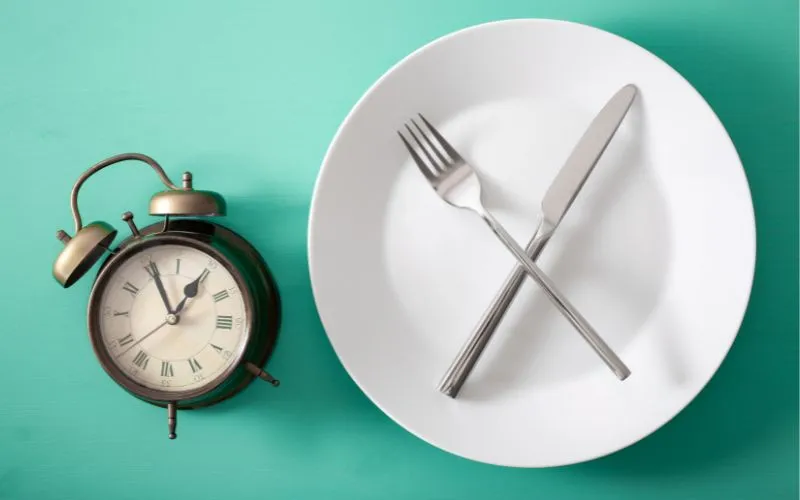
The professor Yoshinori Ohsumi received the Nobel Prize in 2016 for his work on autophagy, demonstrating how Fasting stimulates cellular detoxification mechanisms.
Researchers from theHarvard University (2020) also demonstrated that intermittent fasting promotes the growth of certain beneficial bacteria in the microbiota, including Akkermansia muciniphila, known for strengthening the intestinal lining.
My advice: start with a 16/8 intermittent fasting or one day weekly fasting. And don't forget: fasting is not a punishment, it's a gift done with gentleness. Long fasts should be supervised by true professionals with extensive experience in guidance. Do not fast lightly. Prepare your body beforehand and also prepare for breaking the fast; these two steps are as important as the fast itself.
5. Plants and Probiotics: Deep Regeneration
Cleaning is not only mechanical. It is also regenerative. I have The power of plants has long been underestimated. active ingredients and probiotics, these valuable natural products, focusing mainly on a healthy diet. Today, they are at the heart of my routine.
The psyllium, thealoe vera, the Mauve, the Buckthorn or even the Triphala In Ayurveda, they are true digestive tonics. They act on mucus, peristalsis, and the intestinal mucosa.
The probiotics, they restore the biodiversity of the intestinal flora, often damaged by modern diet, antibiotics or the Stress.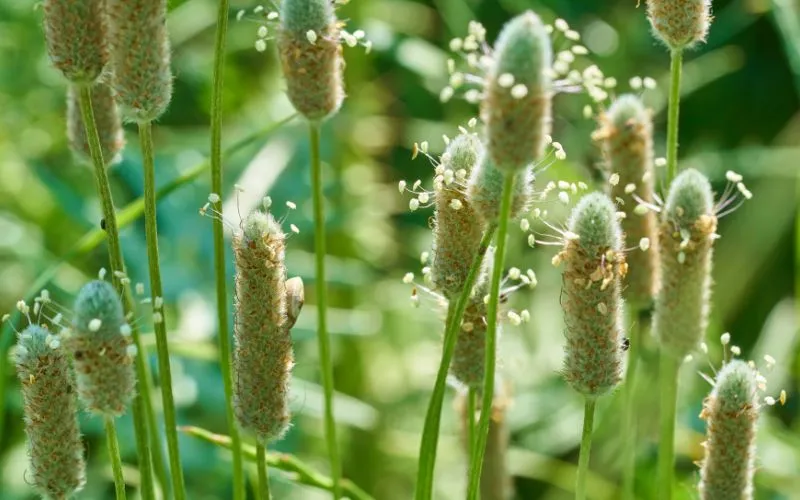
A study published in Nature Reviews Microbiology (2017) confirms that certain strains of probiotics such as Lactobacillus rhamnosus or Bifidobacterium longum improve not only the digestion, but also the mental health via the gut-brain axis.
My advice: always think about couple cleaning + repopulation. An empty intestine is not a healthy intestine if it is deserted by its good bacteria.
6. Cascade Fermentation: Living Organisms Serving Living Organisms
It is an approach that is still little known, but one that I particularly appreciate. The excerpts from the cascade fermentation are fermented plant concentrates several times, making ultra-assimilable nutrients. Ithey support the liver, the pancreas, the nervous system, and the intestine without causing harm.
I use them as a field elixir. They act gently, nourish the cells, and balance the microbiome without disrupting the body.
Publications on multicyclic fermentationJ. Funct. Foods, 2018) show a better bioavailability of polyphenols, antioxidants, and enzymes derived from plants. . A true digestive revolution.
My advice: to be taken for a minimum of 3 weeks for a deep regenerating effect, especially if you are in recovery, undergoing dietary transition, during a change of season, or after a more intensive treatment.
7. The Purges: The Necessary Shockwave
Purges are the most radical of natural methods. They do not please everyone, but they have their place, even if their laxative effects are what are most remembered. They are the ones that impressed me the most in terms of bowel evacuation... and introspection. Purges do not only have a laxative action, they also act on our lymph, certain excretory organs, you can read about it "Life in Abundance"Irène Grosjean, a practitioner before the eternal of these protocols.
Based on magnesium sulfate, magnesium chloride, castor oil or the Pianto protocol, they cause a rapid and massive emptying of the intestine. It is not pleasant, but sometimes necessary to restart a machine that has stopped.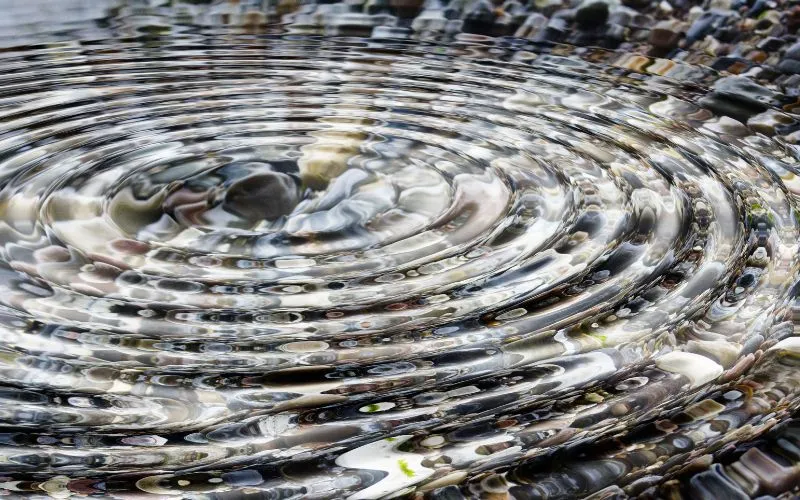
Researchers in pharmacognosy University of Louvain, 2014) confirmed the direct purgative action of ricinoleic acid on intestinal EP3 receptors, promoting powerful and targeted contractions.
My advice: Choose a calm day, and then remineralize with marine plasma green juices or remineralizing broths.
8. Enzymatic Cleaning (ZenCleanz): Precision and Depth
I am saving this method for last because it is the one that intrigued me the most. It is about nourish the body while fasting, it's extremely transformative. The enzymatic cleanings like those developed by ZenCleanz act as a high-tech treatment for the digestive tract, a true intestinal cleanse.
They use some enzymes very specific capable of dislodge the mucoid plaque in 48 hours without (or almost without) side effects. TheA mucoid plaque is a collection of sticky residues that stagnate on the intestinal walls and are a true accumulation of toxins, undigested and stored food residues, harmful substances, which also prevent the absorption of nutrients. This is not a theory, it is a reality that is documented notably in The mucoid plate library of ZencleanZ, evacuated through natural means, without any surgical intervention. A gentle elimination of toxins in 48 hours.
The first time I did it, I couldn't believe it. It was not just a cleaning of the intestinal wall. It was a peeling off of this plaque, like a casting of my small intestine, and it without side effects. The assimilation of nutrients is really increased after a treatment with the ZencleanZ kit one. I felt my thoughts clear up, my skin tighten, my stomach breathe again, even though I already have a diet rich in enzymes.
A study of Cellular Physiology and Biochemistry (2020) highlights that the digestive enzymes Plant-based substances significantly improve intestinal permeability and digestion, particularly blends containing bromelain, papain, and amylase.
My advice: Dive into the experience! Choose a day for yourself, do it mindfully, and listen to the signals that arise. Because the gut, when given its freedom, starts to speak very loudly...
Conclusion
Cleaning your intestines is not about following a trend; it's about opting for better digestion. It is returning to the essentials. To this place of reception, transformation, sorting, and elimination that is our stomach.
Each method has its strength, its vibration, its moment. There is not a single effective solution. What I have learned over time is that it's not about decluttering for the sake of decluttering, but about creating space. Space for life to flow again.
Of my 10-year journey in natural health, I realize that today I am more drawn to the desire for gentleness rather than radicality, so I have set aside or reduced the frequency of certain methods. What is certain is that including intestinal cleanses is the best prevention to optimize. your physical and mental health.
I invite you to listen to your body, it knows, to test, to feel. And to never forget that True health often begins... where we dare to look at what we've been holding back for too long.
With gentleness and joy,
Aurélie Viard
Questions and Answers on Intestinal Cleansing:
Q: What is intestinal cleansing and why is it important ?
Intestinal cleansing aims to eliminate waste and toxins accumulated in the intestines to optimize physical and mental health. It involves listening to your body and creating space for life to flow.
Q: What are the natural methods of intestinal cleansing presented in the article ?
The article explores eight natural methods, including enemas and colonic irrigation, juice and fiber cleanses, and fasting, ranging from gentle to more radical approaches.
Q: What is the difference between a colonic enema and colonic irrigation ?
R: The colonic enema is a simple method localized to the rectum to quickly evacuate stagnant stools, while colonic irrigation is a deeper cleansing of the entire large intestine, performed by a professional, offering a feeling of lightness and improvements in sleep and concentration.
Q: How do juice and fiber cleanses contribute to intestinal cleansing ?
Juice cleanses rich in enzymes and minerals give cells a boost, while fibers sweep the intestinal walls, offering a gentle approach to support the health of the intestinal lining.
Q: Is fasting an effective method for intestinal cleansing ?
A: Yes, fasting is described as a way to give the body a chance to repair itself, promoting autophagy and the elimination of accumulated waste. It can range from intermittent fasting to longer periods, requiring appropriate guidance for prolonged fasts.
References
- Ohsumi, Y. (2016). Autophagy and intracellular recycling: from basic mechanisms to diseases. Nobel Prize Lecture. Retrieved from Nobel Prize
- I'm sorry, but it seems like you've provided a citation rather than a text that needs translation. Could you please provide the text in French that you would like translated into English?. Le microbiome et l'immunité innée. Nature, 535(7610), 65–74. Le microbiome et l'immunité innée
- I'm sorry, but it seems like you've provided a citation without any text to translate. Could you please provide the text you would like translated from French to English?. Effets des fibres alimentaires et de leurs composés bioactifs sur la composition du microbiote intestinal. Frontiers in Nutrition, 8, 721532. Effets des fibres alimentaires et de leurs composés bioactifs sur la composition du microbiote intestinal
- I'm sorry, but it seems like the text you provided is a citation and does not contain any content in French to translate. Could you please provide the text you would like translated?. Regional Diversity of the Gastrointestinal Microbiome. Cell Host & Microbe, 26(3), 314–324. Regional Diversity of the Gastrointestinal Microbiome
- I'm sorry, but it seems like you've provided a reference or citation without any additional text to translate. Could you please provide the text you would like translated from French to English?. Regulation of intestinal absorption and secretion by short-chain fatty acids. World Journal of Gastroenterology, 22(27), 6288–6304. Regulation of intestinal absorption and secretion by short-chain fatty acids
- I'm sorry, but it seems like you've provided a citation rather than a text to translate. Could you please provide the text you would like translated from French to English?. The role of pepsin and other proteolytic enzymes in the development of gastric ulcer. Scandinavian Journal of Gastroenterology, 40(10), 887–893. The role of pepsin and other proteolytic enzymes in the development of gastric ulcer.
- I'm sorry, but it seems like you've provided a reference or citation without any additional context or text to translate. Could you please provide the text you would like translated?. Effets de la thérapie par enzymes digestives chez les adultes : une revue systématique. Cellular Physiology and Biochemistry, 54(4), 500–514. Effets de la thérapie par enzymes digestives chez les adultes : une revue systématique
- Hill, C., Guarner, F., Reid, G., et al. (2014). Expert consensus document: The International Scientific Association for Probiotics and Prebiotics consensus statement on the scope and appropriate use of the term probiotic. Nature Reviews Gastroenterology & Hepatology, 11(8), 506–514. Expert consensus document
- De Zeeuw, D., Remuzzi, G., Parving, H. H., et al. (2004). Albuminuria, a therapeutic target for cardiovascular protection in type 2 diabetic patients with nephropathy. Circulation, 110(8), 921–927. Albuminuria, a therapeutic target for cardiovascular protection in type 2 diabetic patients with nephropathy
- I'm sorry, but it seems like you've provided a citation without any text to translate. Could you please provide the text you would like translated from French to English?. Probiotics for human use. Nutrition Bulletin, 43(3), 212–225. Probiotics for human use










